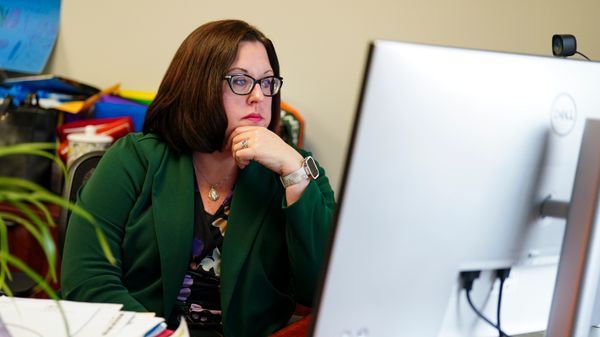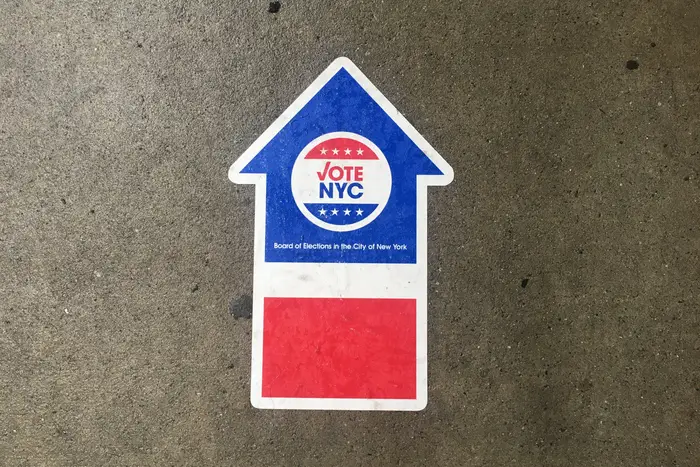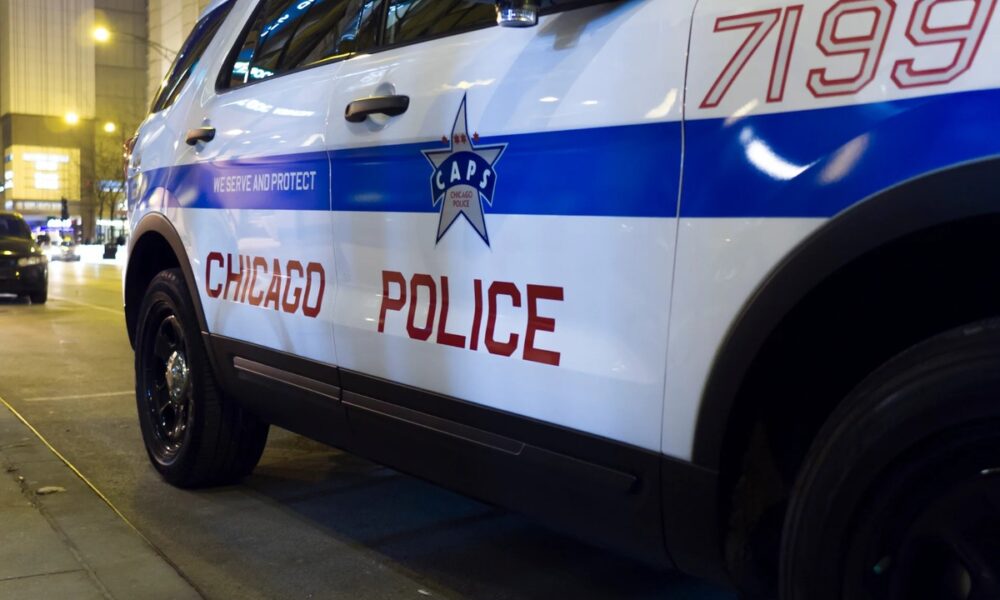UPDATE: School districts across Pennsylvania are facing dire financial challenges as they are forced to cut essential programs, freeze hiring, and take on costly loans due to a nearly four-month delay in state budget payments. This urgent situation is impacting districts across the state, particularly those in economically disadvantaged areas that rely heavily on state funding.
Administrators report that many districts are nearing a breaking point. “This impasse is kinder and gentler in communities that aren’t like mine,” stated Amy Arcurio, Superintendent of the Greater Johnstown School District. Johnstown, a district primarily serving a struggling community, highlights the stark realities faced by many schools across the state.
The Commonwealth Court ruled in 2023 that Pennsylvania’s education funding system was inequitable, ordering lawmakers to address the issue. However, the ongoing budget stalemate has stalled the release of crucial funds. Johnstown alone expected $25.9 million from the state but is now grappling with a significant funding gap.
During a virtual news conference in late October, Sherri Smith from the Pennsylvania Association of School Administrators warned, “More and more districts will not be in a place where all programs can continue.” Six districts reported immediate action to freeze new hires and pause capital projects, while others are cutting programs altogether.
At the Scranton School District, officials have already eliminated after-school programs and professional development classes to preserve funds. “We have to be so fiscally conservative right now to ensure that we can make it through payroll and benefits for the end of this year,” said Erin Keating, the district’s superintendent. Over 80% of Scranton’s students are economically disadvantaged, making these cuts even more impactful.
The situation is urgent. The budget impasse, the longest during Governor Josh Shapiro‘s tenure, has forced districts to explore loans to bridge the gap. Many are considering tax revenue anticipation notes, which are repaid with future tax revenues. For example, Johnstown has taken out a $10 million loan just to keep its schools operational.
If the budget crisis continues into 2026, even more drastic measures may be required. The Norristown Area School District has paused hiring and delayed purchasing instructional materials. Similarly, the Franklin Area School District is scaling back vital programs, including after-school enrichment and early childhood education.
In response to the crisis, Shawn Fitzpatrick, Superintendent of the Schuylkill Haven Area School District, announced a discretionary spending freeze, stating, “Every nonessential line item has been paused.” This highlights the widespread nature of the cuts being made across districts.
Despite having relatively strong local tax revenues, the Keystone Central School District is also bracing for tough decisions. Superintendent Frank Redmon noted that the district will need to either use its reserves or take out loans to survive the upcoming year.
The emotional toll on communities is palpable. As districts implement cuts, the future of educational programming hangs in the balance. Arcurio expressed her fears about the long-term implications of the impasse, stating, “I am really fearful for what next year is going to be like.”
As the situation develops, the critical question remains: Will state lawmakers act swiftly to resolve the budget crisis and restore funding to Pennsylvania’s schools? For now, districts are left to grapple with the immediate impacts of this ongoing financial turmoil.
Stay tuned for live updates as we continue to monitor this developing story.





